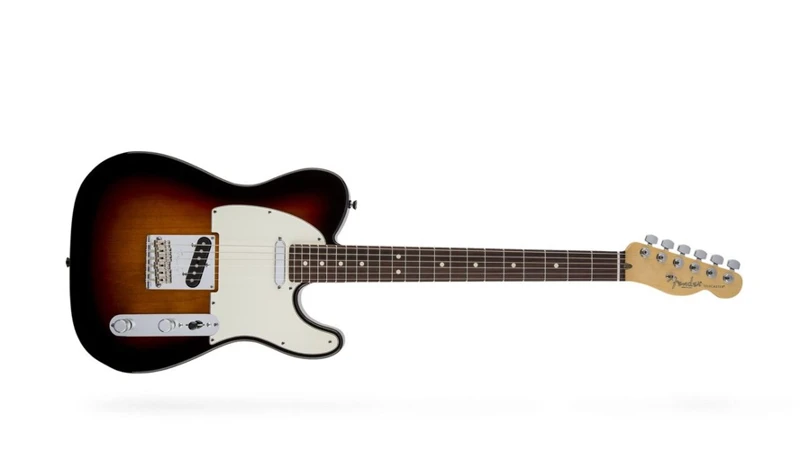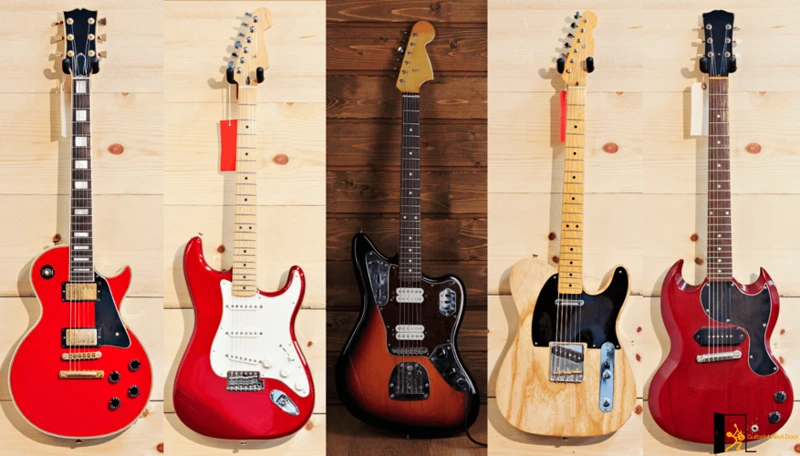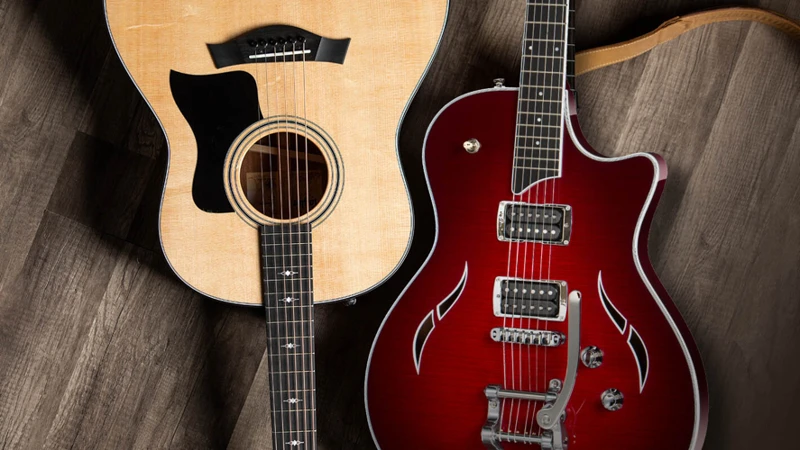Electric guitars and country music may seem like an unlikely combination at first glance, but the marriage of these two musical elements has produced some of the most iconic and memorable songs in the country music genre. From the twangy sounds of classic country to the electrifying solos of modern country rock, the electric guitar has played a crucial role in shaping the sound and style of country music over the years. In this article, we will explore the history of electric guitar in country music, its influence on the genre, and some of the most legendary players who have helped define this unique musical fusion.
The Birth of Electric Guitar in Country Music
The introduction of the electric guitar into country music marked a significant turning point in the genre’s evolution. Prior to the 1930s, country music was predominantly acoustic, with instruments like the fiddle, banjo, and acoustic guitar serving as the primary accompaniment for singers. However, with the invention and popularization of the electric guitar by pioneers like Les Paul and Leo Fender, country musicians began to experiment with new sounds and styles.
One of the earliest country artists to embrace the electric guitar was Bob Wills, a Western swing bandleader who incorporated electric instruments into his music in the 1940s. Wills’ use of the electric guitar brought a new level of energy and excitement to country music, paving the way for future generations of artists to explore the possibilities of this versatile instrument.
The Evolution of Electric Guitar in Country Music
Throughout the 1950s and 1960s, the electric guitar continued to gain popularity in country music, thanks in part to the rise of rockabilly and honky-tonk music. Artists like Elvis Presley, Johnny Cash, and Buck Owens helped popularize the electric guitar in country music, blending elements of rock ‘n’ roll with traditional country sounds to create a new and dynamic musical style.
By the 1970s, the electric guitar had become a staple of country music, with artists like Merle Haggard, Willie Nelson, and Waylon Jennings using the instrument to craft groundbreaking albums that pushed the boundaries of the genre. The electric guitar’s versatility allowed artists to experiment with different tones and textures, leading to the development of subgenres like outlaw country and country rock.
The Rise of Telecaster and Stratocaster in Country Music
Two of the most iconic electric guitars in country music history are the Fender Telecaster and Stratocaster. The Telecaster, known for its bright twangy sound, was popularized by artists like James Burton, who played with Elvis Presley, and Merle Haggard, who used the Telecaster to create his signature Bakersfield sound.
The Stratocaster, with its smooth tone and versatile features, also found a home in country music, thanks to players like Buddy Holly and Jimi Hendrix. In the hands of country legends like Brad Paisley and Keith Urban, the Stratocaster has become synonymous with modern country rock, blending traditional country sounds with rock and blues influences.
The Influence of Electric Guitar on Modern Country Music
In recent years, the electric guitar has continued to play a vital role in shaping the sound of modern country music. Artists like Carrie Underwood, Miranda Lambert, and Luke Bryan have incorporated electric guitar solos and riffs into their songs, adding a new level of energy and excitement to the genre.
The electric guitar’s versatility allows artists to explore a wide range of musical styles, from traditional country ballads to hard-hitting rock anthems. Whether it’s the soaring solos of Brad Paisley or the bluesy licks of Keith Urban, the electric guitar remains a key ingredient in the sonic landscape of contemporary country music.
Legendary Electric Guitarists in Country Music
Over the years, country music has produced a number of legendary electric guitarists who have left an indelible mark on the genre. From pioneers like Chet Atkins and Roy Clark to modern virtuosos like Vince Gill and Brent Mason, these players have helped define the sound of country music and inspire generations of musicians.
Chet Atkins, often referred to as “Mr. Guitar,” was a trailblazer in the world of country music, known for his innovative fingerpicking style and smooth tone. Atkins’ influence can be heard in the playing of countless artists, from George Harrison to Mark Knopfler, making him one of the most influential guitarists of all time.
Roy Clark, best known for his time as the host of “Hee Haw,” was also a formidable guitarist, blending elements of country, jazz, and blues into his playing. Clark’s virtuosic solos and impeccable technique earned him a reputation as one of the top guitarists in the country music world.
Vince Gill, a multi-talented musician and singer-songwriter, has become one of the most respected guitarists in country music. Gill’s soulful playing and melodic sensibility have earned him numerous awards and accolades, solidifying his place as a true guitar hero in the genre.
Brent Mason, a Nashville session musician, is renowned for his exceptional skill and versatility on the electric guitar. Mason’s precise technique and innovative approach to playing have made him one of the most sought-after guitarists in the music industry, with a list of credits that includes artists like Alan Jackson, Shania Twain, and George Strait.
The Future of Electric Guitar in Country Music
As country music continues to evolve and push boundaries, the electric guitar remains a vital component of the genre’s sound and style. Whether in the hands of seasoned veterans or up-and-coming artists, the electric guitar continues to inspire creativity and innovation in country music, shaping the sound of the genre for generations to come.
With advancements in technology and gear, guitarists have more tools at their disposal than ever before, allowing them to explore new sounds and textures in their playing. From classic country twang to modern rock-infused riffs, the electric guitar offers endless possibilities for musicians looking to make their mark on the world of country music.
Looking to explore the world of electric guitars in country music? Check out our articles on electric guitar strings in country music, contemporary electric guitars in country music, the journey of electric guitars in country music, electric guitar country songwriting, and acoustic guitars in country music for a deeper dive into this fascinating genre!
Conclusion
In conclusion, the electric guitar has played a pivotal role in shaping the sound and style of country music throughout its history. From the early pioneers of Western swing to the modern-day virtuosos of country rock, the electric guitar has brought a new level of energy and excitement to the genre, pushing boundaries and inspiring generations of musicians along the way.
Whether it’s the twangy tones of a Telecaster or the smooth sounds of a Stratocaster, the electric guitar continues to be a driving force in country music, helping to define the genre’s unique blend of tradition and innovation. As we look to the future, the electric guitar’s influence on country music shows no signs of slowing down, promising a legacy of creativity and passion that will endure for years to come.



